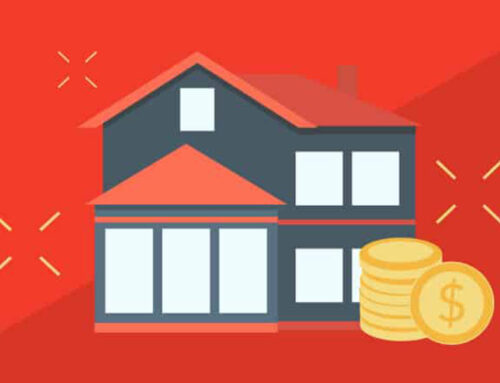At first glance, the recovery of Chicago’s housing market still trails far behind most of the nation. But when you look a little closer, you see that the economic conditions in individual neighborhoods vary widely, with many areas in full recovery and others barely hanging on. This was the latest topic of discussion with my father-in-law, who’s thinking about investing in real estate after retirement. He wants to avoid buying where inventory is low and prices are high, like his neighborhood of Lincoln Square, and instead focus on communities in transition. With his retirement just around the corner, I suggested we take a walk and start exploring where to invest in Chicago real estate so that he’d be ready when the time comes.
Best Bets for Investing in Chicago Real Estate
As we walked, we talked about the conditions that help facilitate a neighborhood’s recovery and move it into up-and-coming status. Access to public transportation, good school districts, and job opportunities are some notable characteristics. Public works projects, like the 606—a transportation corridor and public park rolled into one—and the forthcoming four-mile-long Paseo Trail, also contribute to the revitalization of communities by connecting culturally diverse people with the arts, local history, recreational spaces, nature, and each other. They also make neighborhoods more appealing to move to. In fact, the promising areas we focused on are, or will be, touched by these public works projects in some way. Here’s where our discussion led.
- Logan Square. Named after the public square at the center of this ethnically and culturally distinct community, Logan Square is one of the four neighborhoods connected by the 606. Nearby Wicker Park and Bucktown, also along the 606, have experienced a boost in home prices in the last two years, making it likely that Logan Square will soon follow. Though home prices have risen slowly since the crash, the time a house sits on the market is less in this Chicago neighborhood than most others. With many Chicago residents getting priced out of other, more gentrified, neighborhoods, Logan Square is poised to be sought out as the less expensive place to be.
- Humboldt Park. Considered the most economically-diverse neighborhood in Chicago, Humboldt Park boasts historic Spanish Colonial architecture and plenty of green space for families with children or pets. Because it’s also connected by the 606, this neighborhood is very attractive to home buyers and renters. The number of home sales here have not yet reached pre-crash numbers and the median sales price is lower than in surrounding communities, but that’s precisely why it’s a good time to buy. The expense of living in the wealthier border towns of Wicker Park and Bucktown are pushing working and middle-class families to search for more affordable areas. In addition, over one-quarter of Humboldt Park’s residents are of Latin descent—one of the fastest-growing segments of homebuyers next to Millennials.
- Pilsen. The predominantly working-class neighborhood of Pilsen is already gearing up for change with the coming of the Paseo Trail. Residents regularly advocate for better education, improved economic conditions, and the addition of family-friendly amenities. The Paseo, which will run through Pilsen, is expected to accelerate these changes by making the area a more attractive place to live. In anticipation of this shift, boutique shops, trendy bars, and high-end restaurants have already started to move in. Home prices are also on the rise. In fact, the median home sales price has jumped by 35% since 2015. That said, home prices and sales are still far from pre-crash levels. But that may change as the area grows in popularity and population.
- Little Village. Called the “Mexico of the Midwest,” Little Village can also count on big changes with the arrival of the Paseo Trail, not to mention the expansion of the Saint Anthony Hospital. In addition, the revitalization of an abandoned industrial complex, a move initiated by real estate developers and the City of Chicago, will include a health and wellness center, sports and fitness facilities, and a variety of retail and restaurant options for the neighborhood’s residents. This will create more local revenue and job opportunities, which will draw more people here. Already, the median home sales price is up by 28% from two years ago and homes rarely stay on the market over 60 days. At the moment, however, it’s still relatively cheap to live there—and invest in.
These up and coming Chicago neighborhoods each hold a lot of promise for both new real estate investors like my father-in-law and seasoned ones like myself. However, in order to invest wisely, you’ve got to do more than follow real estate investing trends. You’ve got to get the leads.
Leading the Way to the Most Promising Deals
One of the best real estate lead generation systems out there is offered by HomeVestors® to its independently owned and operated franchisees. As a franchisee, you benefit from the nationally recognized “We Buy Ugly Houses®” brand and leading-edge marketing tools for investors designed to bring home sellers to you. It’s a system that has helped HomeVestors® franchisees buy more than 140,000 houses in neighborhoods all across the U.S. since 1996. It’s helped me make my real estate portfolio what it is today and, when he’s ready to retire, may keep my hard-working father-in-law busy with investing too.
If you’re thinking of transitioning to a career in real estate investing, contact HomeVestors® to discuss franchise opportunities today.
Each franchise office is independently owned and operated.
Contact
"*" indicates required fields




